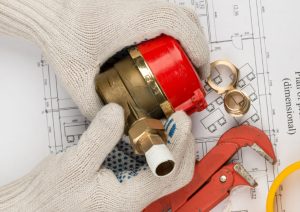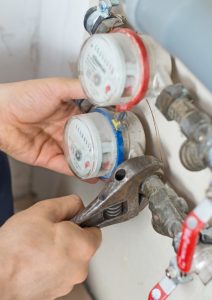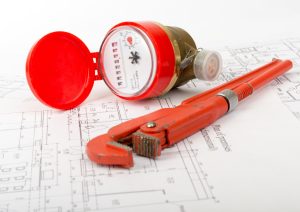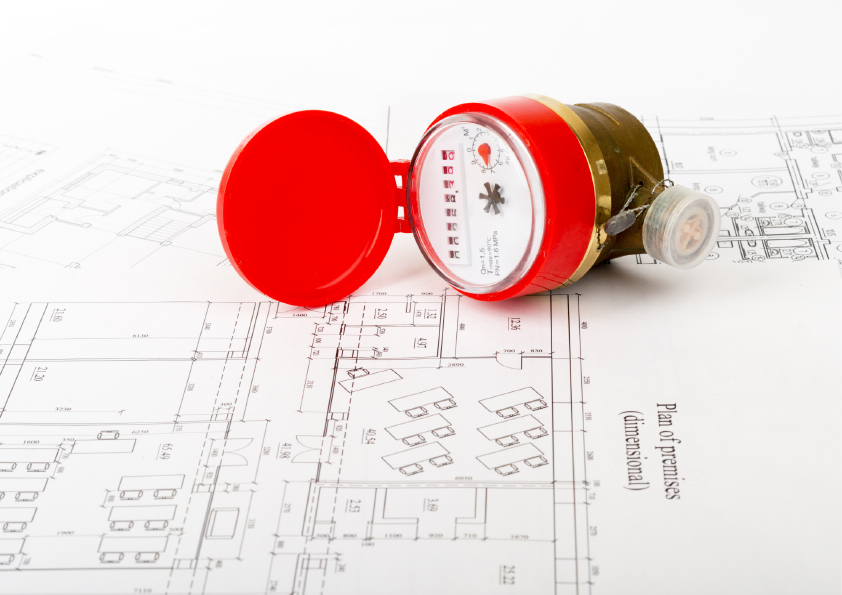Wodomierze są ważnymi urządzeniami w naszym domu, to one rejestrują ilość zużywanej przez nas wody.
Wszystkie budynki podłączone do sieci wodociągowej muszą posiadać wodomierz. Dzięki jego wskazań możemy rozliczyć się z przedsiębiorstwem wodociągowym. Wodomierz to urządzenie służące do automatycznego pomiaru ilości przepływającej przez niego wody.
Najczęściej spotykanym wodomierzem jest wodomierz mechaniczny wirnikowy jednostrumieniowy. Wodomierz wymienia się standardowo co pięć lat. Co pięć lat dokonuje się również legalizacji wodomierza, czyli oficjalnego potwierdzenia, że spełnia on ustalone normy.

Wodomierze podlegają zużyciu
Jednak, jak każdy element wyposażenia, z biegiem czasu zużywa się i jest podatny na awarie. Aby dokładnie mierzyć zużycie wody, musi być on sprawny i w dobrym stanie technicznym. Żaden wodomierz nie jest niezniszczalny i każdy z nich po pewnym okresie eksploatacji zużywa się, powodując błędy pomiarowe.
Jeśli właściciel instalacji ma wątpliwości co do poprawności działania urządzeń, należy sprawdzić ich stan techniczny. Kiedy z miesiąca na miesiąc odczyt z licznika wody radykalnie różnią się od wcześniejszych, przy podobnym stopniu zużycia, wówczas może oznaczać to, że powinniśmy zainteresować się stanem technicznym licznika. Awarię wodomierza podejrzewa się zawsze, gdy dochodzi do nagłej zmiany w ilości zużycia wody. Ważnym czynnikiem decydującym o dokładności pomiaru jest również stan instalacji wodociągowej.
Wodomierze, jak każde inne urządzenie może ulec usterce lub zużyciu, co zwyczajnie skutkuje fałszowaniem wyników przez niego uzyskanych. Każda stwierdzona usterka powinna prowadzić do natychmiastowej jego wymiany lub zamówienia wykonania przeglądu.

Przed jakimi czynnikami należy chronić wodomierze?
Aby licznik i cały system działał prawidłowo, przyłącza wodne muszą być chronione przed uszkodzeniem. Do najczęstszych przyczyn uszkodzeń wodomierzy zalicza się:
Niska temperatura – temperatura w miejscu montażu wodomierza musi być powyżej 4°C. Wymaga to zastosowania specjalnych środków zabezpieczających przyłącze przed zamarzaniem wody.
Nieodpowiednie warunki hydrauliczne – należy upewnić się, że przekrój sieci wodociągowej i kierunek przepływu nie zmienia się przed lub za miejscem zainstalowania wodomierza. Ważne jest również stosowanie zaworów zwrotnych, aby zapobiec odwrotnemu przepływowi wody z zimnej do ciepłej.
Zalanie – Jeśli woda deszczowa dostanie się do wodomierza, może dojść do jego uszkodzenia. Dlatego urządzenie musi być zamontowane wewnątrz budynku lub, jeśli nie jest to możliwe, w specjalnej studzience wodomierzowej, która chroni zestaw wodomierzowy przed niekorzystnymi warunkami atmosferycznymi.
Inne czynniki ryzyka to zbyt wysoka temperatura wody i powietrza, zakłócenia elektromagnetyczne, a nawet celowe uszkodzenie instalacji wodnej przez osoby trzecie. Licznik musi być zainstalowany w miejscu uniemożliwiającym nieopomiarowany pobór wody. Zaleca się również uszczelnienie złączy po obu stronach wodomierza.

